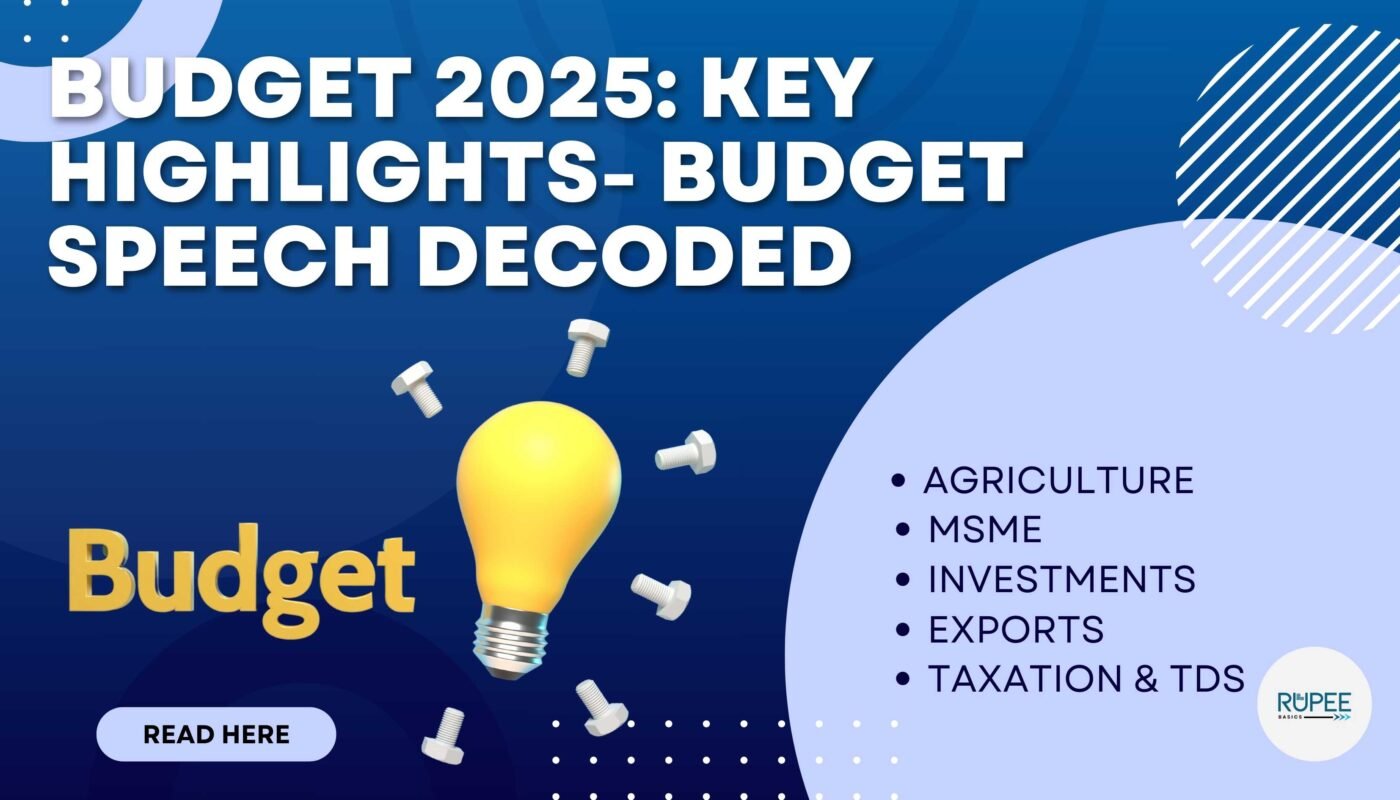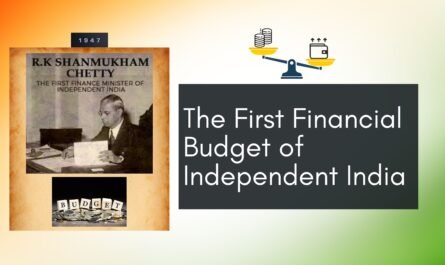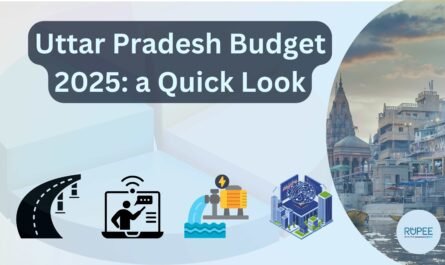Budget 2025: A Visionary Blueprint for Viksit Bharat
Introduction
On February 1, 2025, Finance Minister Nirmala Sitharaman presented the Union Budget 2025-26, focusing on accelerating economic growth and empowering citizens. The budget aligns with India’s vision of Viksit Bharat (Developed India) and emphasizes four key growth engines:
- Agriculture 🚜
- MSMEs & Industry 🏭
- Investments & Infrastructure 🏗️
- Exports & Global Trade 📈
The budget theme revolves around inclusivity, innovation, and sustainable development, ensuring that farmers, youth, women, and businesses benefit.
Key Highlights of Budget 2025
🚜 Agriculture: Strengthening Farmers & Rural Economy
The government has taken significant steps to boost agricultural productivity, rural employment, and farmers’ incomes.
✅ PM Dhan-Dhaanya Krishi Yojana 🌱
- Aims to enhance agricultural productivity in 100 districts with lower yields.
- Focuses on crop diversification, storage, irrigation, and credit availability.
- Expected to benefit 1.7 crore farmers.
✅ Mission for Aatmanirbharta in Pulses 🌾
- Special focus on Tur, Urad, and Masoor dal to reduce import dependency.
- Guaranteed procurement by government agencies like NAFED & NCCF for four years.
✅ Support for Fruits & Vegetables 🍎
- Comprehensive program to enhance production, supply chain, and processing.
- Special focus on nutritional crops & organic farming.
✅ Makhana Board in Bihar 🌰
- A dedicated Makhana Board to improve production, processing, and marketing for farmers.
✅ Cotton Productivity Mission 🏭
- A 5-year plan to enhance cotton farming productivity and sustainability.
- Will support textile industries with high-quality cotton supply.
✅ Enhanced Credit for Farmers 💰
- Kisan Credit Card (KCC) limit increased from ₹3 lakh to ₹5 lakh.
✅ Urea Plant in Assam 🏭
- New plant with 12.7 lakh metric tons capacity to reduce fertilizer imports.
🏭 MSMEs: The Backbone of India’s Economy
With 5.7 crore MSMEs, this sector contributes significantly to employment, exports, and manufacturing. The government has introduced new initiatives to strengthen small businesses.
✅ Eased MSME Classification 🔄
- Investment and turnover limits increased by 2.5x to enable businesses to scale.
✅ Enhanced Credit Guarantee 💳
- Credit limit for MSMEs doubled from ₹5 crore to ₹10 crore.
- Startups’ credit guarantee increased from ₹10 crore to ₹20 crore.
- Exporters’ loan limit raised to ₹20 crore.
✅ Micro Enterprise Credit Cards 💼
- Introduction of ₹5 lakh credit cards for micro-enterprises.
- 10 lakh businesses to benefit in the first year.
✅ Support for First-Time Entrepreneurs 🚀
- 5 lakh women, SC, and ST entrepreneurs to get loans up to ₹2 crore.
✅ Make in India: Boost for Manufacturing 🏗️
- National Manufacturing Mission to enhance ease of doing business, technology adoption, and skill development.
- Focus on clean tech manufacturing for EV batteries, solar PV cells, and wind turbines.
✅ Sector-Specific Boost 👞🧸
- Footwear & Leather: ₹4 lakh crore revenue target with 22 lakh new jobs.
- Toy Industry: Cluster-based manufacturing to make India a global toy hub.
🏗️ Investment & Infrastructure: Building a Stronger India
The budget includes massive investments in infrastructure to create jobs and boost the economy.
✅ ₹1.5 lakh crore Interest-Free Loans to States 💰
- To fund infrastructure projects, urban development, and energy reforms.
✅ Asset Monetization Plan 2025-30 🏦
- Government aims to raise ₹10 lakh crore by monetizing public assets for infrastructure projects.
✅ Jal Jeevan Mission Extended to 2028 🚰
- Target to provide clean drinking water to 100% rural households.
✅ Green Energy & Power Reforms ⚡
- Nuclear Energy Mission to develop 100 GW nuclear power by 2047.
- States to receive incentives for improving electricity distribution & transmission.
✅ Shipbuilding & Maritime Development 🚢
- Maritime Development Fund (₹25,000 crore) to finance ports & shipbuilding clusters.
✅ Regional Connectivity through UDAN ✈️
- ₹50,000 crore investment to add 120 new airports under UDAN.
- Greenfield airport in Bihar to support regional connectivity.
📈 Exports & Global Trade: Strengthening India’s Global Position
The government aims to increase exports and integrate with global supply chains.
✅ Export Promotion Mission 🌍
- Sectoral targets for export growth with easy access to finance.
✅ BharatTradeNet: Digital Public Infrastructure for Trade 📦
- A unified platform for trade documentation and financing to ease global transactions.
✅ Warehousing Support for Air Cargo ✈️
- Improved cold storage and streamlined customs clearance for perishable exports.
✅ Support for Global Capability Centers (GCCs) 🏢
- Special incentives for MNCs setting up technology hubs in Tier-2 cities.
📜 Taxation & Fiscal Policy: Relief for Middle-Class & Businesses
The budget introduces major tax reforms to reduce compliance burden and improve ease of doing business.
✅ No Income Tax on Earnings up to ₹12 Lakh 💰
- Revised tax slabs:
- ₹0-4 lakh: No tax
- ₹4-8 lakh: 5%
- ₹8-12 lakh: 10%
- ₹12-16 lakh: 15%
- ₹16-20 lakh: 20%
- ₹20-24 lakh: 25%
- Above ₹24 lakh: 30%
✅ TDS & TCS Simplifications 📄
- Threshold for TDS on rent increased from ₹2.4 lakh to ₹6 lakh.
- TCS exemption for education loans.
✅ Customs Duty Reductions 📦
- Medicines for cancer & rare diseases exempted from duty.
- Lowered duties on raw materials for EVs & solar energy components.
✅ Higher FDI in Insurance (100%) 📉
- To attract foreign capital & increase competition in the sector.
✅ Regulatory Reforms for Businesses 📜
- Jan Vishwas Bill 2.0: Decriminalizing 100+ legal provisions for ease of doing business.
Conclusion: A Budget for Growth & Prosperity
The Budget 2025 lays a strong roadmap for India’s economic expansion. With a focus on investments, employment, and inclusivity, it ensures that farmers, businesses, and taxpayers benefit equally. The budget is pro-business, pro-reform, and pro-people, making it a crucial step toward Viksit Bharat.
💡 What are your thoughts on Budget 2025?
“Don’t be afraid to give up the good to go for the great.” – John D. Rockefeller




